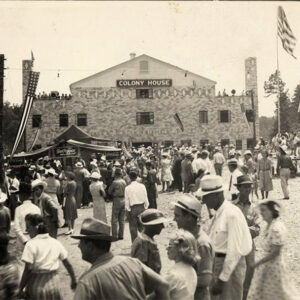 Colony House Crowd
Colony House Crowd
Time Period: Early Twentieth Century (1901 - 1940)
 Colony House Crowd
Colony House Crowd
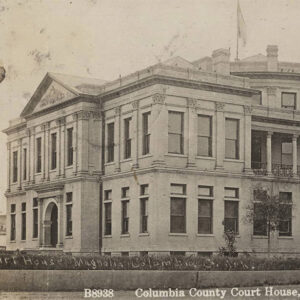 Columbia County Courthouse
Columbia County Courthouse
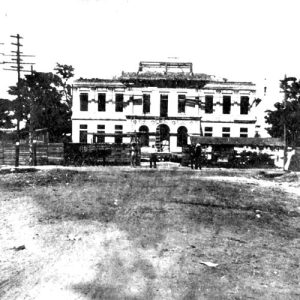 Columbia County Courthouse
Columbia County Courthouse
Columbia County Courthouse
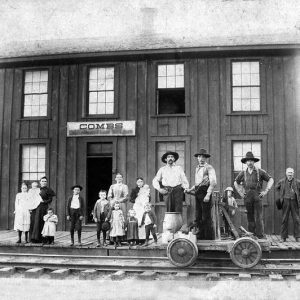 Combs Train Depot
Combs Train Depot
Combs, Cass and Eastern Railroad
 Comer Article
Comer Article
 Comer Speech Response
Comer Speech Response
Comer, James A.
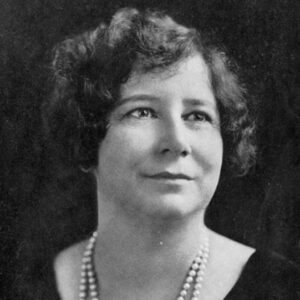 Robbie Gill Comer
Robbie Gill Comer
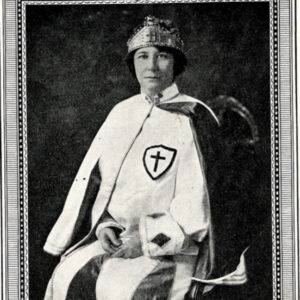 Robbie Gill Comer
Robbie Gill Comer
Comer, Robbie Gill
Command-Aire
 Command-Aire 5C3-C
Command-Aire 5C3-C
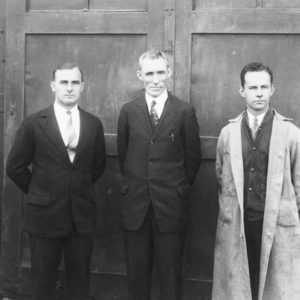 Command-Aire Personnel
Command-Aire Personnel
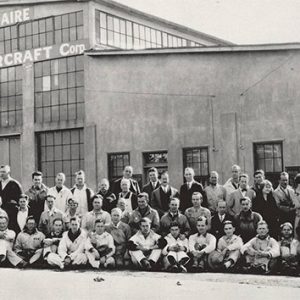 Command-Aire Staff
Command-Aire Staff
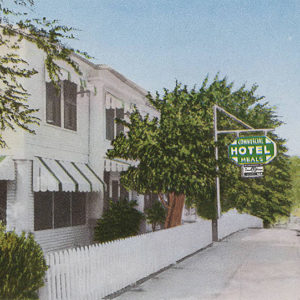 Commercial Hotel
Commercial Hotel
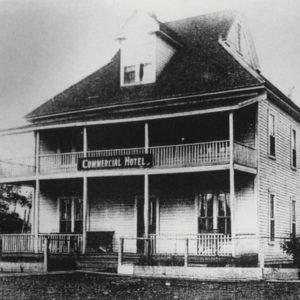 Commercial Hotel
Commercial Hotel
Commonwealth College
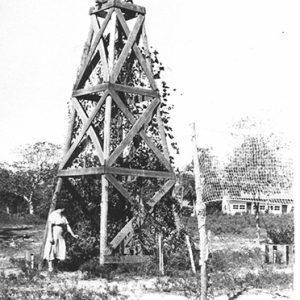 Commonwealth College Bell Tower
Commonwealth College Bell Tower
 Commonwealth College Class
Commonwealth College Class
 Commonwealth Students
Commonwealth Students
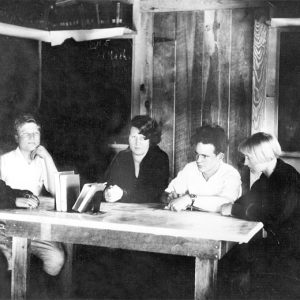 Commonwealth College
Commonwealth College
Communist Party
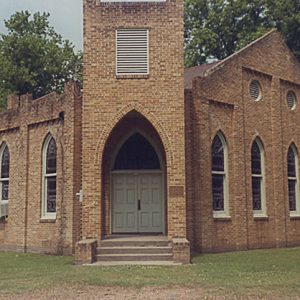 Community Church in Garland
Community Church in Garland
 Company B, Sixteenth Infantry, Fort Logan H. Roots
Company B, Sixteenth Infantry, Fort Logan H. Roots
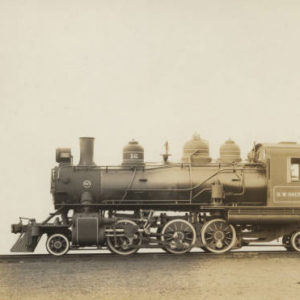 Company Locomotive
Company Locomotive
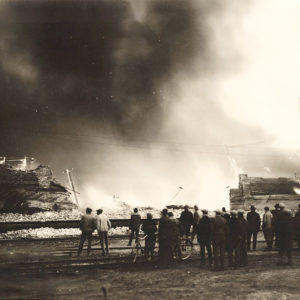 Compress Fire
Compress Fire
 Compress Loss
Compress Loss
Concatenated Order of Hoo-Hoo
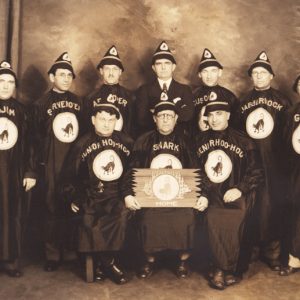 Concatenated Order of Hoo-Hoo
Concatenated Order of Hoo-Hoo
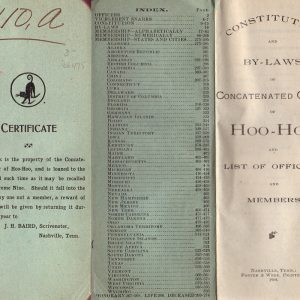 Concatenated Order of Hoo-Hoo Constitution
Concatenated Order of Hoo-Hoo Constitution
 Concatenated Order of Hoo-Hoo Membership Card
Concatenated Order of Hoo-Hoo Membership Card
Concordia Club
aka: Jewish Country Club
 Cone Hotel and Shipman Drug Store
Cone Hotel and Shipman Drug Store
 Cone Trophy
Cone Trophy
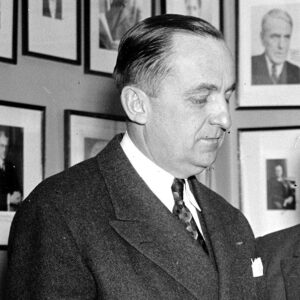 John Carroll Cone
John Carroll Cone
Cone, John Carroll
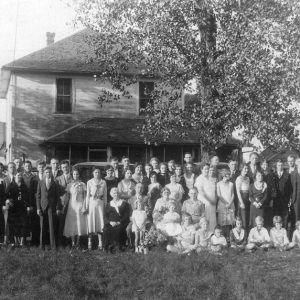 John Cone House
John Cone House
 Confederate Monument Postcard
Confederate Monument Postcard
Confederate Mothers Memorial Park
Confederate Soldiers Monument
aka: "Defending the Flag," Arkansas Sons of the Confederacy Memorial
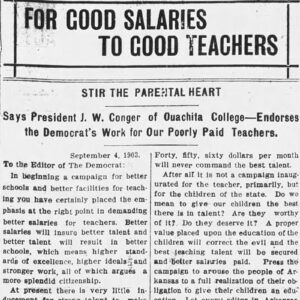 Conger Letter
Conger Letter
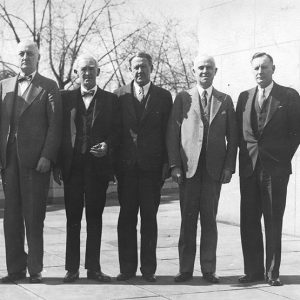 Congressional Delegation, 1934
Congressional Delegation, 1934
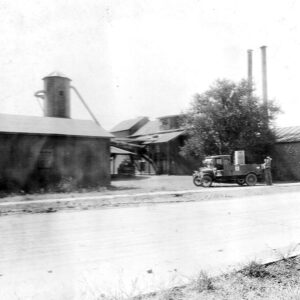 Conley Cotton Mill
Conley Cotton Mill
 Conner House
Conner House
Conner, Laura Cornelius
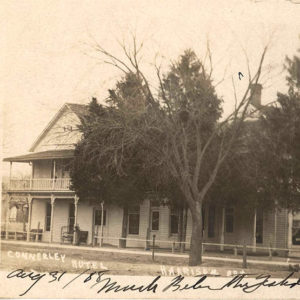 Connerley Hotel
Connerley Hotel
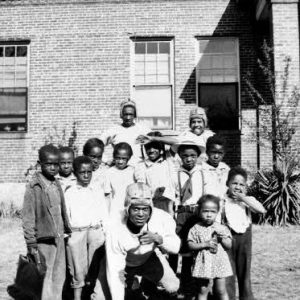 Consolidated White River Academy
Consolidated White River Academy




